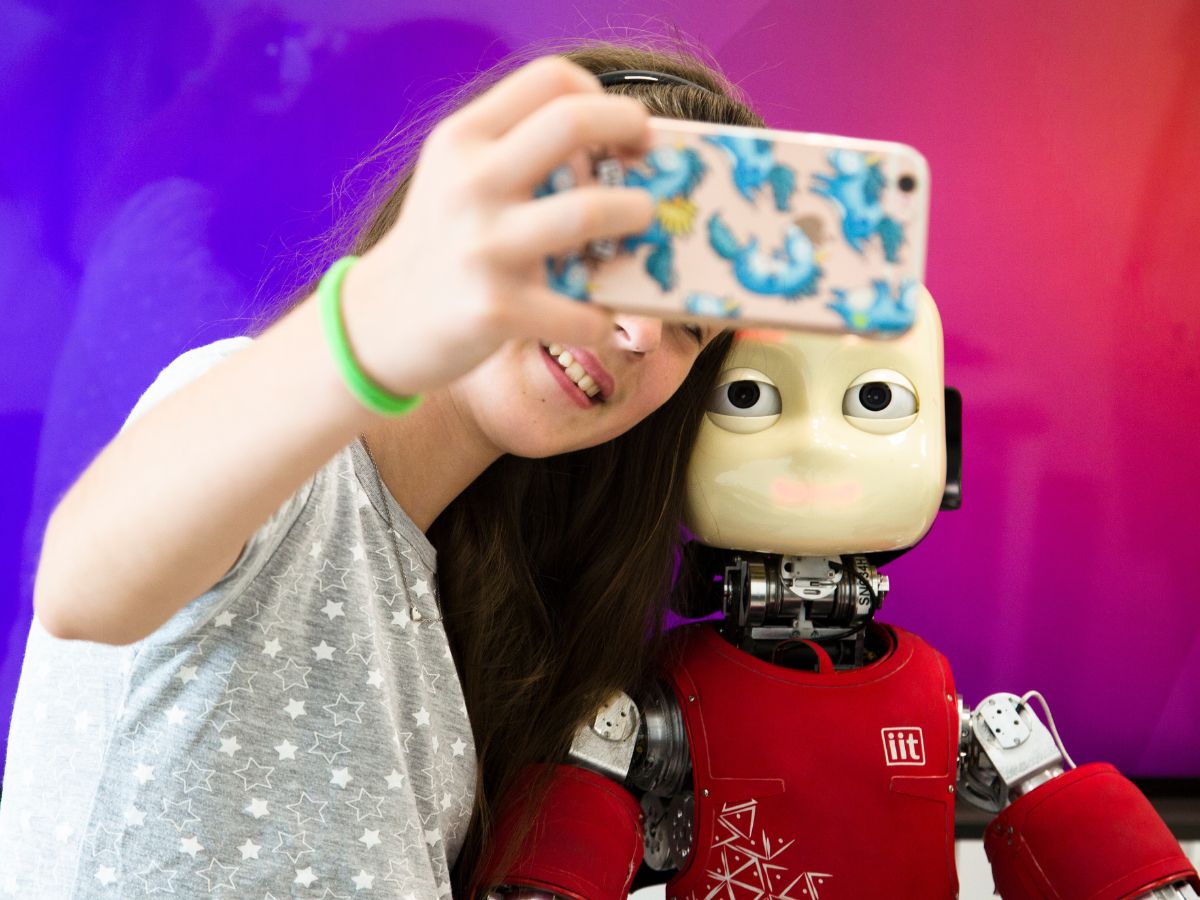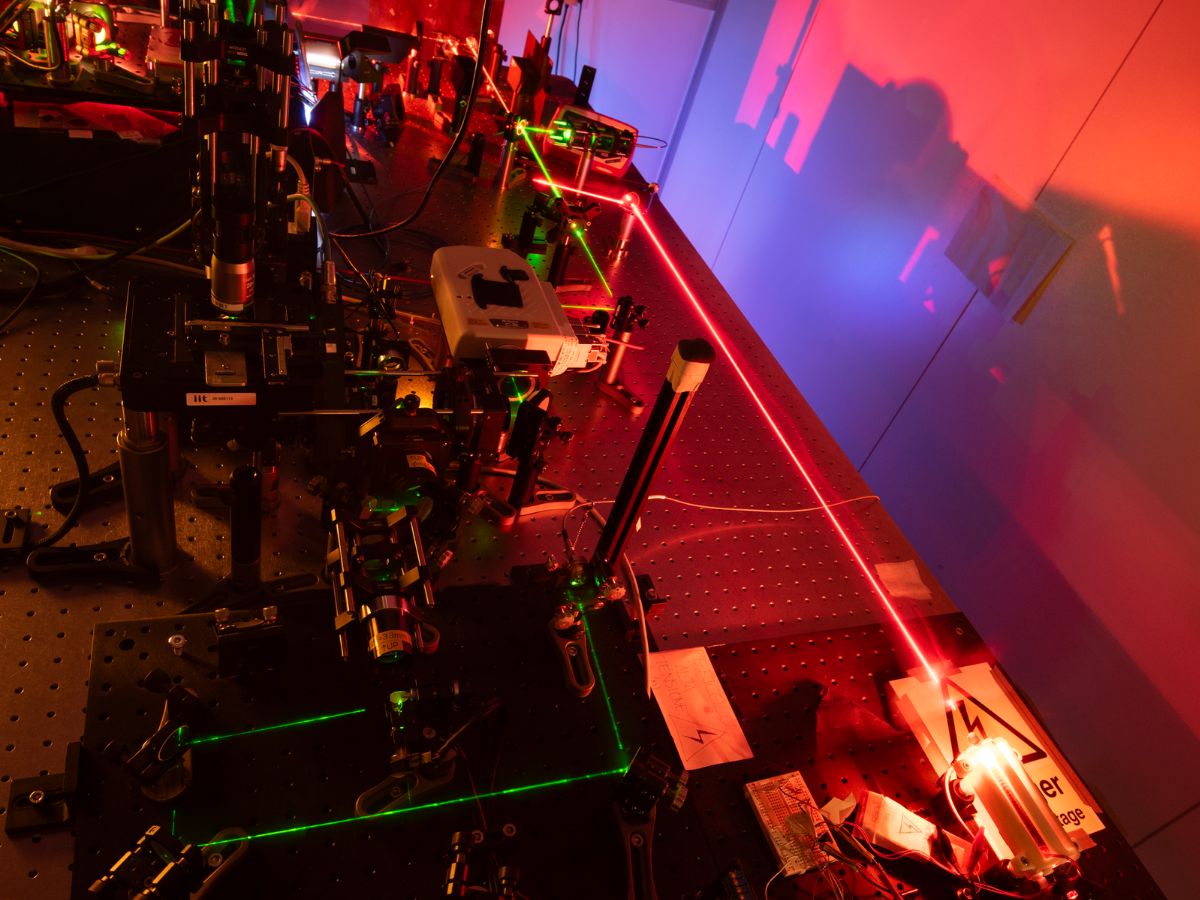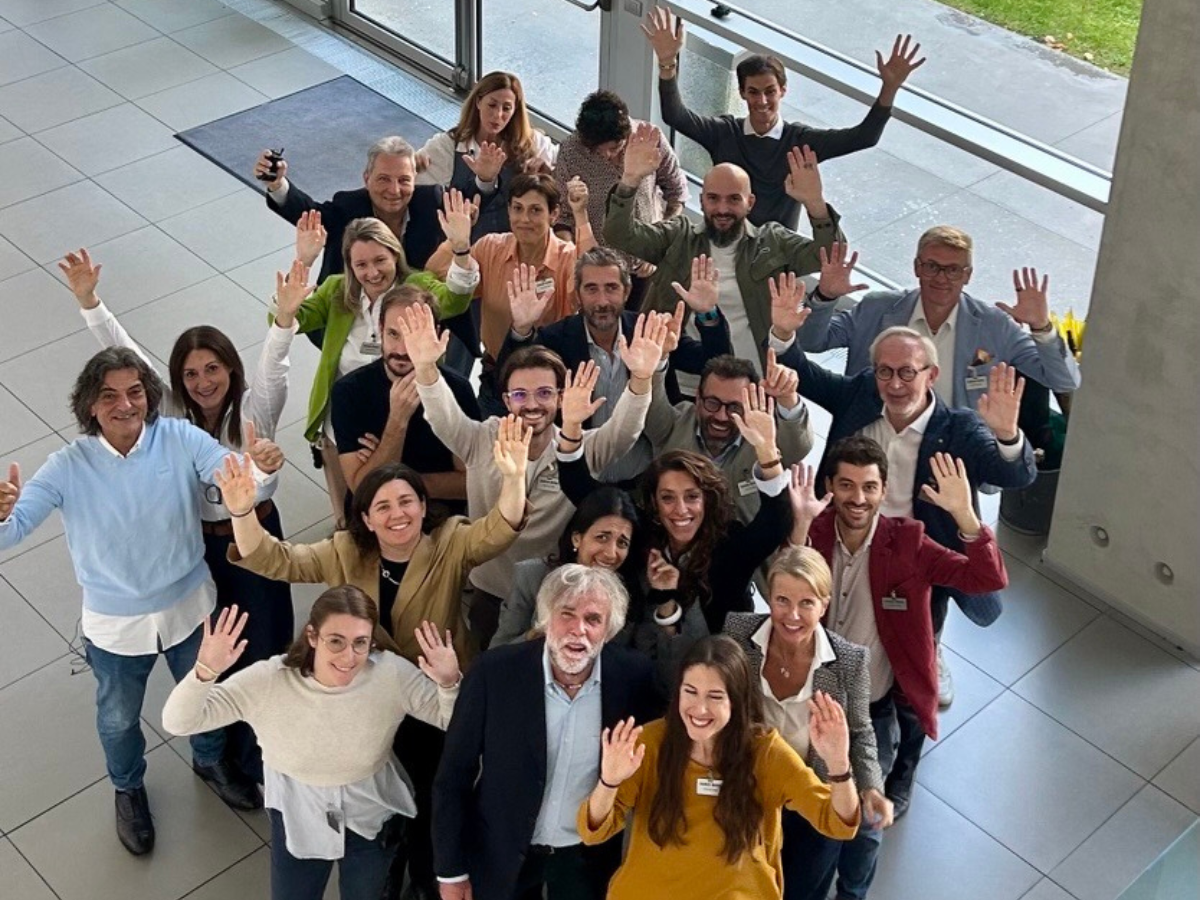The current generation of researchers needs to engage in multidisciplinary collaboration among experts
Imagine you walk by an office at IIT. The sign at the office door says “Dr. A. Sciutti, Head of the Research Group”. Whom do you picture when thinking of this Dr. Sciutti? In fact, it is highly likely that you think of a male expert, and the odds might increase if the Research Group happens to be in Robotics. The stereotype of science as being something for men to pursue still persists, with women remaining underrepresented in science, technology, engineering, and mathematics (STEM), but also in leadership in other professions.
Prior research from social psychology has coined this phenomenon the “think manager – think male” bias. Accordingly, specific traits related to competence are not only linked to professional leadership, but in turn, these attributes are associated more strongly with males than with females. This bias seems to be a rather universal phenomenon that has been observed in many countries around the world.
In fact, it transfers even to people in science. Among other things, such “think scientist-think male” phenomenon might contribute to the still alarmingly low number of women in STEM. Indeed, such disparity cannot be attributed to a lack of qualifications or skills in women, as previous research has shown. A lack of fit between the still existing stereotypes about men and women (e.g., women being more communal, but less competent than men) and the stereotypes associated with certain professional roles (e.g., scientists being competent) might contribute to prejudice and discrimination against women in science.
Would you have thought that gender stereotypes are even attributed to robots? What might come as a surprise has actually been shown more than a decade ago (please see: https://www.nature.com/articles/s41586-019-1657-6). Indeed, people attribute stereotypes (e.g., those of women being warm and men being competent) to robots. That is, a robot might be designed to look female, and exactly this appearance leads people to think that the robot might be best suited to serve the elderly, and not as a security guard. This speaks to the nature of social stereotypes and prejudice, so deeply ingrained that not even robots are exempt from it.
Importantly, a paradigm shift can currently be observed in robotics: Robots are more and more developed to collaborate rather than being stand-alone technologies. However, addressing the challenge of developing human-aware robots requires multidisciplinary efforts beyond the traditional boundaries of robotics. To create next-generation robots, the current generation of researchers needs to engage in multidisciplinary collaboration among experts ranging from engineering to the humanities. This requires continuous dialogue among researchers from disciplines that have traditionally been associated with specific genders. By successfully working together, the members of a robotics research team have the opportunity to realize that gender stereotypes and the “think scientist-think male” bias should become a thing of the past.
So, despite our stereotypes even reflecting on robots, it is through robotics as a multidisciplinary field that we can jointly confront existing gender prejudice.
*Alessandra Sciutti, Tenure Track Researcher, head of the CONTACT (COgNiTive Architecture for Collaborative Technologies) Unit of the Italian Institute of Technology (IIT); Friederike Eyssel, Professor and Head of Applied Social Psychology and Gender Research Lab, University of Bielefeld.





